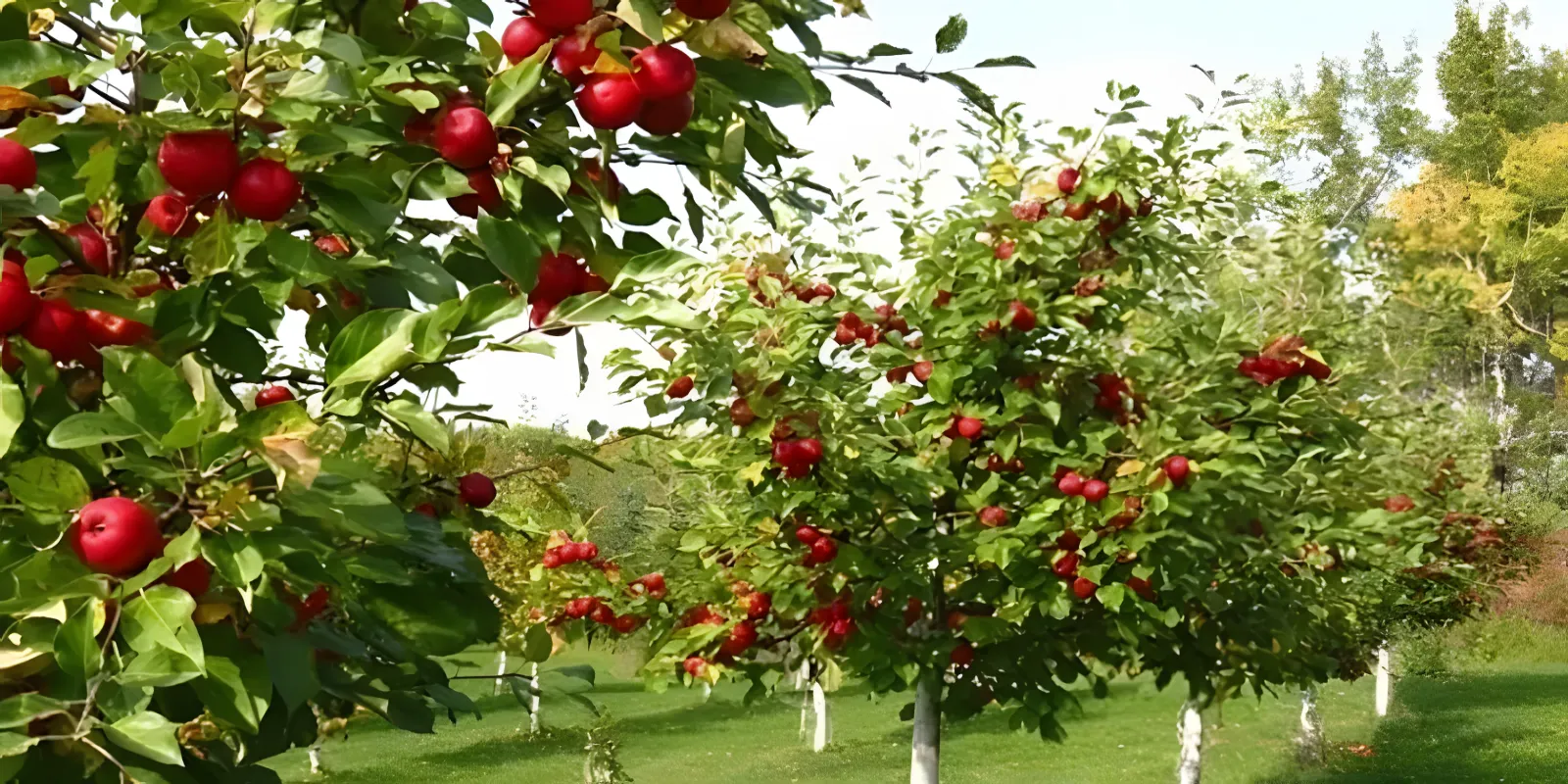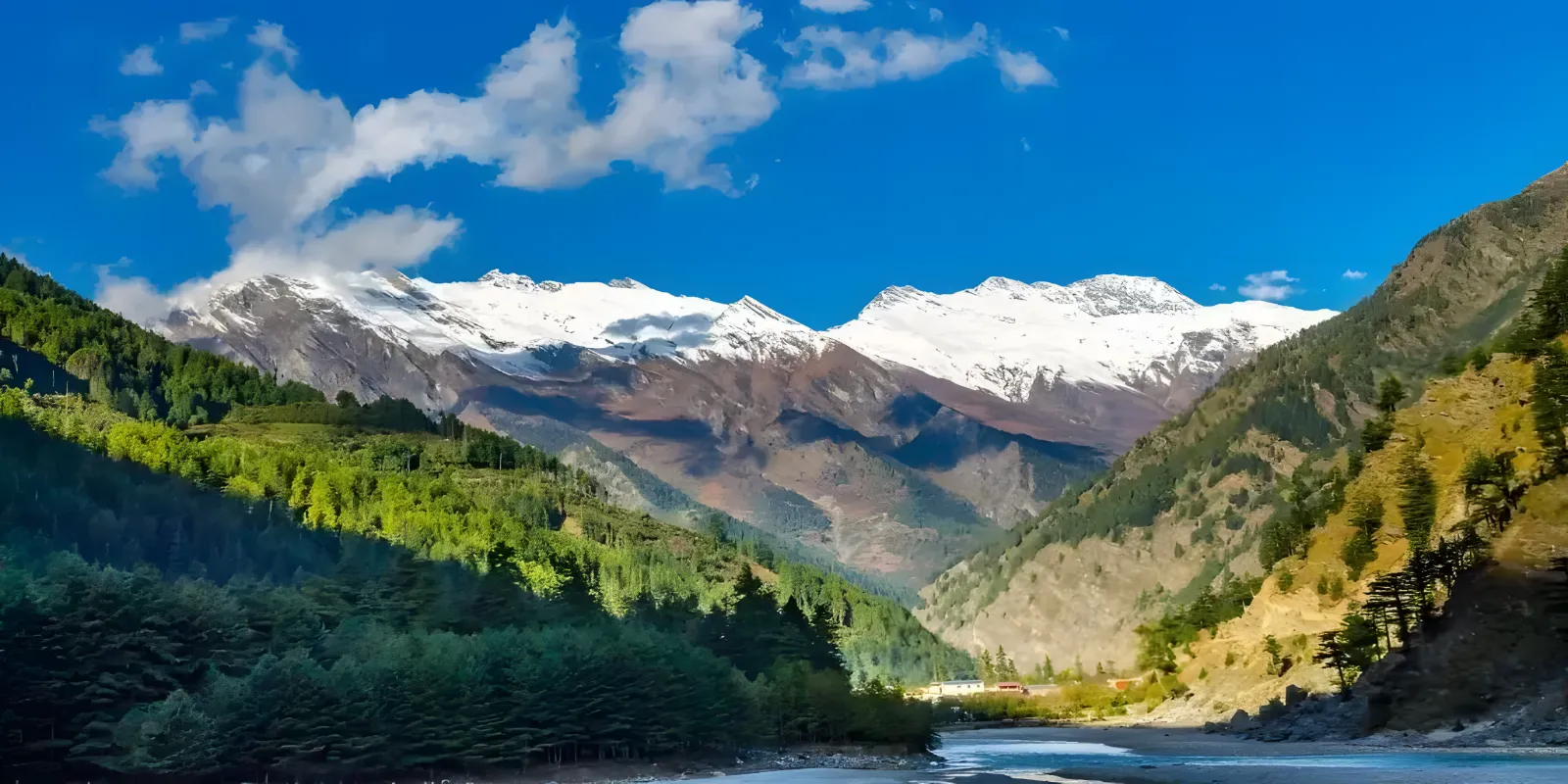On our way to Gangotri, we heard about a beautiful place called Harshil. Some locals told us that Raj Kapoor's famous film "Ram Teri Ganga Maili" was shot here. It’s a stunning spot surrounded by mountains and the Bhagirathi River. We planned to acclimatize in Gangotri before our return. While driving from Uttarkashi, 25 km before Gangotri, we noticed a few buildings surrounded by trees. It was a beautiful sight. Curious, we thought we’d visit this place while returning. As heard from the local people here, Harshil is a beautiful village in Uttarakhand, located along the Bhagirathi River. Known as the "Mini Switzerland of India," Harshil is incredibly beautiful. It serves as the starting point for trails like the Sat Taal trek and the Lamkhaga Pass trek to Chitkul, offering varied scenery from elevated lakes to wide mountain views. The village offers 9-10 budget to luxury guest houses and a few local eateries serving North Indian and Garhwali food. The ideal time to be in Harshil is between the months of April and October. This valley turns into a winter wonderland in winter. January and February bring the peak of snowfall, sometimes causing road closures due to heavy snow accumulation. During our stay in Harshil, we took many photos, stargazed walking along the river, and learned about local traditions from friendly locals. The weather here remains cool throughout the year, so even in summer, light woollens are essential. Harshil is famous for producing some of the best apples in the country. The name "Harshil" comes from "Hari Shila," where "Hari" means Lord Vishnu and "Shila" means stone. According to legend, Lord Vishnu intervened in a dispute between the rivers Bhagirathi and Jalandhari by transforming into a stone to calm them. Today, the waters flowing through Harshil are said to be peaceful.
There's an interesting story about a house called "Wilson House" in Harshil. Wilson was a British Army deserter who stumbled upon Harshil Valley. He married a local girl, built a house, and settled here. He sold deodar wood by floating it down the river to the plains, minted his currency, and ruled this part of Uttarakhand. His house has been restored as a Forest Rest House. We walked further and crossed a stream with the purest water I've ever seen in Uttarakhand. Locals told me that water is rich in minerals and digestive enzymes. They advised me to drink directly from the river, assuring me that we wouldn’t gain weight while drinking the water. The path led me to a small village called Bagori, with traditional Garhwali wooden houses on both sides of the path. The Bhotia tribe, originally from Tibet is staying in this village. The interesting thing that we heard about this village is that the men don’t do any work here. The men sit idle and play cards throughout the day, while the women manage household chores, engage in knitting, and work on the farms. They excel in hand-woven woollen sweaters. There is a Buddhist temple in the village. I was fascinated by the rustic wooden houses and stone fences here. Sadly, this village is gradually being encroached upon by concrete houses. This was my first experience walking through a village in Uttarakhand.


